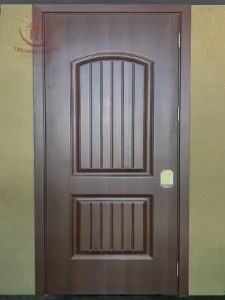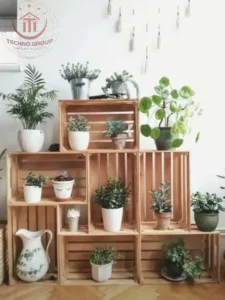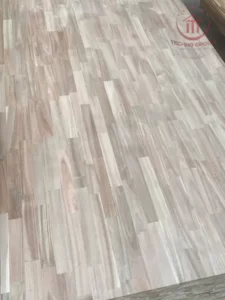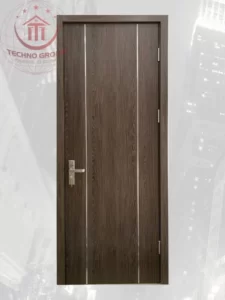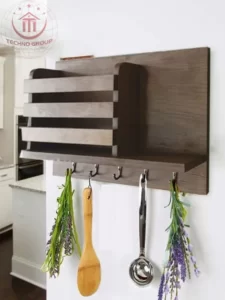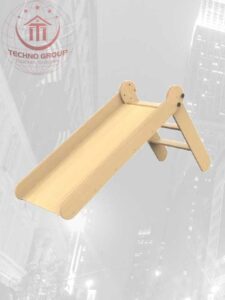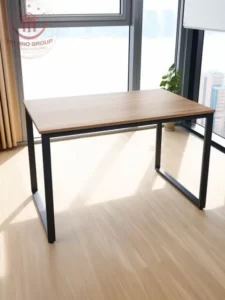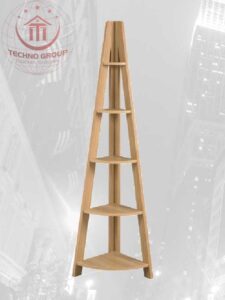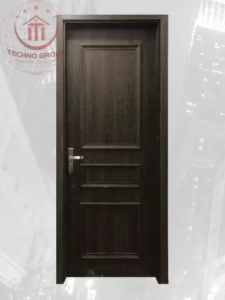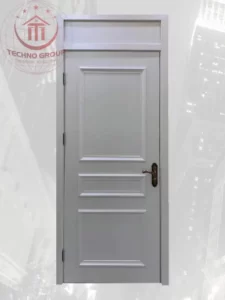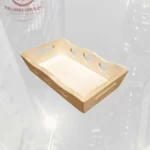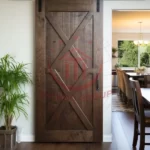Preserving wood is essential to prolong its lifespan and maintain its appearance. Here are 10 solutions you can use to preserve wood:
1. Painting:
Applying a coat of paint creates a protective barrier against moisture, sunlight, and insects.
Choose a paint specifically formulated for exterior wood use.
2. Staining:
Wood stains penetrate the surface and provide color while protecting against UV rays and moisture.
They come in various shades and can enhance the natural beauty of wood.
Varnishing: Varnishes create a durable, transparent finish that protects wood from moisture, UV rays, and minor scratches.
Choose marine-grade varnish for outdoor applications.
3. Sealing:
Sealing wood with a water-repellent sealant helps prevent water penetration and protects against fungal decay.
Silicone-based sealants are a good choice for outdoor use.
4. Pressure Treatment:
Pressure-treated wood is infused with preservatives under high pressure, making it resistant to decay, insects, and moisture.
It’s commonly used for outdoor structures.
5. Oil Finishes:
Natural oils like linseed, tung, or teak oil penetrate the wood, enhancing its natural color while providing protection against moisture.
Regular reapplication is needed.
6. Wood Preservatives:
Use wood preservatives that contain chemicals like copper, zinc, or borate compounds to prevent rot and insect damage.
These can be applied directly to the wood surface.
7. Epoxy Coating:
Epoxy coatings create a strong, waterproof barrier that seals the wood.
They’re often used on surfaces that require high durability, such as boat decks and outdoor furniture.
8. Heat Treatment:
Thermal modification involves heating wood to high temperatures in a controlled environment.
This process stabilizes the wood, making it more resistant to decay and insects.
9. Borate Treatment:
Borate treatments are effective against wood-boring insects and decay fungi.
Borates are non-toxic to humans and animals and can be applied to bare wood or mixed with paint.
Remember that the choice of preservation method depends on the wood’s intended use, its exposure to environmental factors, and personal preferences. Always follow manufacturer guidelines and consider safety precautions when using any wood preservation methods.



















